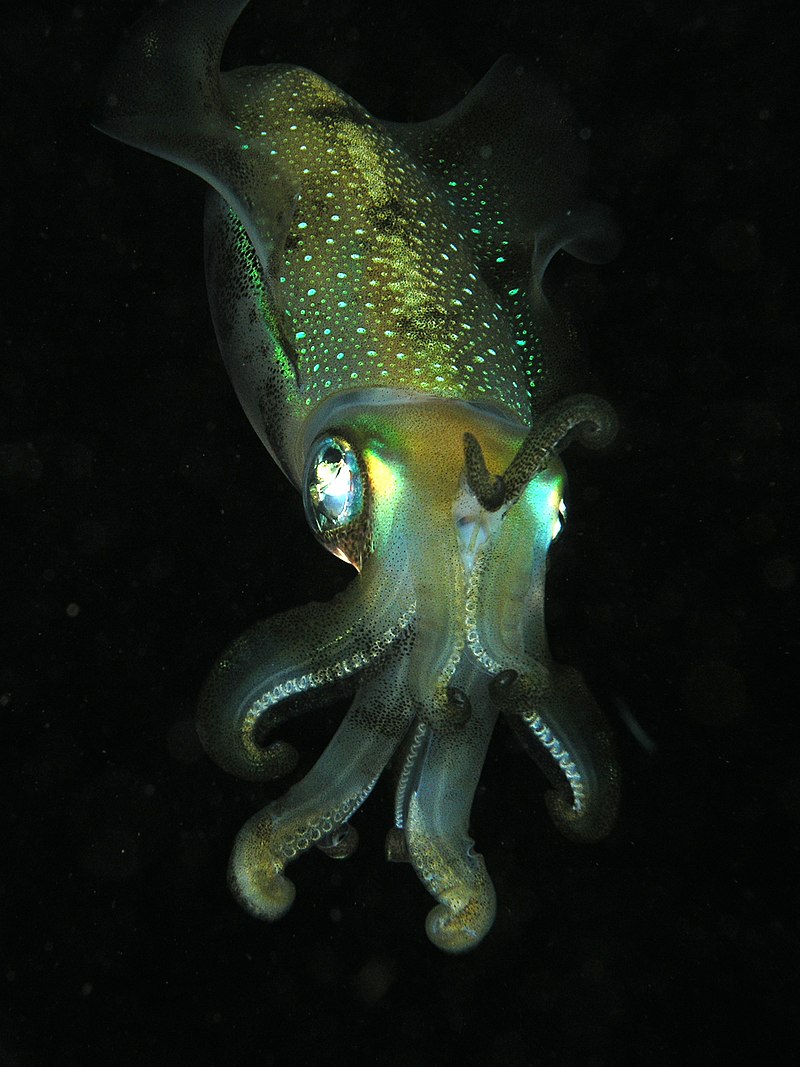Difference between revisions of "A Brief Introduction to Swarm Intelligence"
(→Intelligence in Nature) |
(→Intelligence in Nature) |
||
| Line 21: | Line 21: | ||
Animals | Animals | ||
| − | + | * Human | |
| − | + | * Non-human - g Factor | |
| − | Vertabrates: Mammals, birds, reptiles, fish Cephalopods | + | ** Vertabrates: Mammals, birds, reptiles, fish Cephalopods |
| − | Arthropods | + | ** Arthropods |
| − | Plants - Perception? | + | ** Plants - Perception? |
| + | |||
Neuroscience and intelligence | Neuroscience and intelligence | ||
| + | |||
Human | Human | ||
| − | + | * Brain volume | |
| − | + | * Grey matter | |
| − | + | * White matter | |
| − | + | * Cortical thickness | |
| − | + | * Neural efficiency | |
| + | |||
Primate | Primate | ||
| − | + | * Brain size | |
| + | |||
Brain-to-body mass ratio | Brain-to-body mass ratio | ||
<center>[[File:nocturnal-squid.jpg]]</center> | <center>[[File:nocturnal-squid.jpg]]</center> | ||
<center>{{Figure|'''Source:''' https://commons.wikimedia.org/wiki/User:Nhobgood}}</center> | <center>{{Figure|'''Source:''' https://commons.wikimedia.org/wiki/User:Nhobgood}}</center> | ||
Revision as of 13:08, 4 November 2019
Intellectus (Nous)
Capacity for
- logic
- abstract thought
- understanding
- self-awareness
- communication
- learning
- emotional knowledge
- memory
- planning
- creativity and problem solving

Source: Edward Grant, "Celestial Orbs in the Latin Middle Ages",
Isis, Vol. 78, No. 2. (Jun., 1987), pp. 152-173.
Intelligence in Nature
Animals
- Human
- Non-human - g Factor
- Vertabrates: Mammals, birds, reptiles, fish Cephalopods
- Arthropods
- Plants - Perception?
Neuroscience and intelligence
Human
- Brain volume
- Grey matter
- White matter
- Cortical thickness
- Neural efficiency
Primate
- Brain size
Brain-to-body mass ratio
